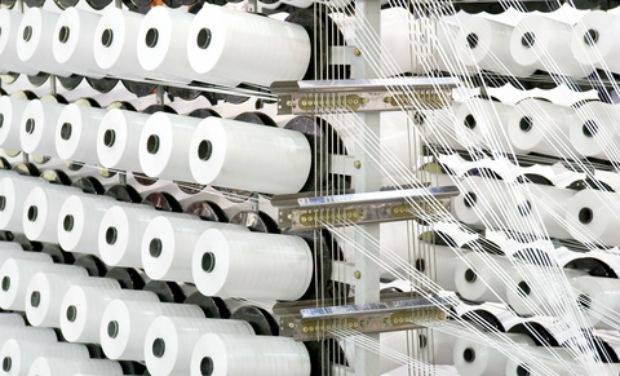
Swedish fashion tech company raises €5m to accelerate growth
According to reports, companies are carefully balancing their use of preferred fibres and materials in order to achieve the best sustainability results.

21st July 2016
Innovation in Textiles
|
Lubbock, TX
It has been 20 years since Patagonia’s groundbreaking decision to convert all of their cotton products to 100% organic cotton. Today, companies, including Patagonia, are carefully balancing their use of a range of preferred fibres and materials in order to achieve the best sustainability results.
“As part of the transformation toward a more sustainable fashion future we are constantly on the lookout for innovative materials and processes which can make our products more sustainable. We are happy to see that our efforts to continue increasing the use of materials such as recycled polyester, organic cotton, Lyocell or certified down is recognized in this report by Textile Exchange,” said Madelene Ericsson, Sustainability Business Expert, for H&M.
Textile Exchange’s Managing Director, La Rhea Pepper said: “Transformational change must be the way we do business and you’ll see some wonderful examples of the leaders that are creating and driving transformation of the textile industry in these reports.”
The companies featured in these reports, range from those that focus on one fibre to those using a whole variety of fibres and materials. Both reports present a number of leaderboards, celebrating the top 10 companies that have made significant steps in their sourcing strategies.
“Maintaining our top position in organic cotton and achieving the great performance in down and Lyocell have been the result of hard work from our global designers, buyers and sourcing colleagues. These results are encouraging as they show that we are making a significant difference in sourcing more sustainable raw materials and improving our environmental and social impacts,” commented Jeffrey Hogue, C&A’s Global Chief Sustainability Officer.
“We remain focused on our 2020 goals, where we will source 100% of our cotton and 67% of all our raw materials from verified more sustainable sources.”
With 89 participants this year, an increase from last year’s 56 participants, the leaderboards show the return of some familiar faces and also a number of new entries.
“These companies recognize the need to step up and truly embed these successes more deeply within their company structures. To create true transformation, change is not enough. We change our socks – but they are still socks. In the same way, we substitute one fibre for another without addressing the business model. This is how we will see the industry transform,” Pepper said.
The Organic Cotton Market report (OCMR) provides an annual deep dive into the global production, consumption, key trends, challenges and opportunities, and inspiring stories from across the sector. The Preferred Fiber Market report (PFMR) offers a snapshot of the wider preferred fibre and materials landscape, with a focus on growth and changes in the industry.

Business intelligence for the fibre, textiles and apparel industries: technologies, innovations, markets, investments, trade policy, sourcing, strategy...
Find out more